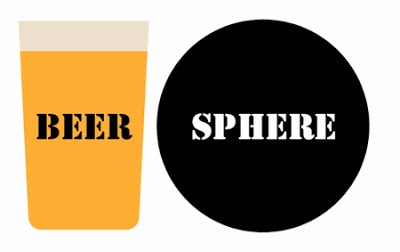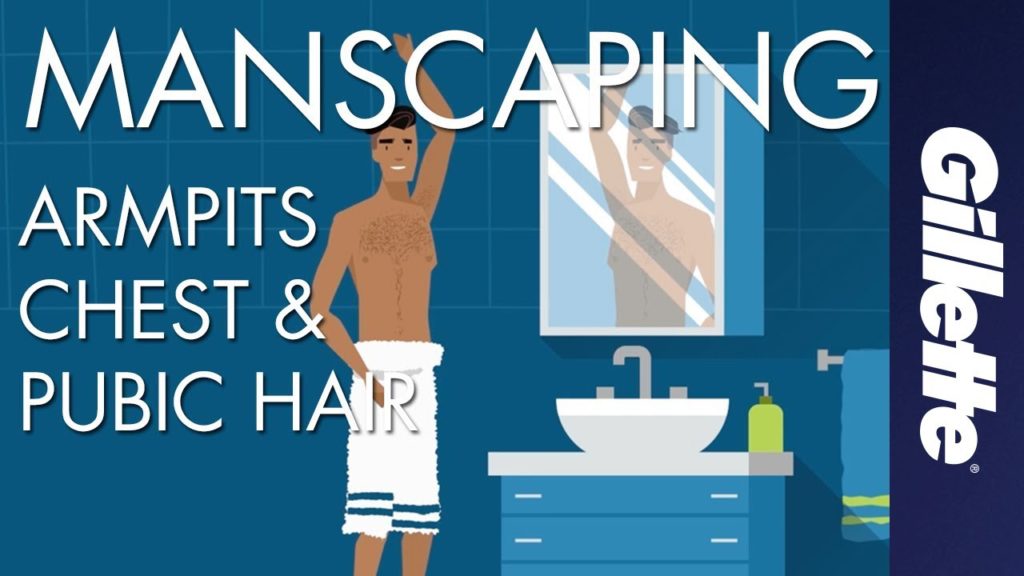I read this article from Dave Trott in Campaign yesterday. He writes about content and makes excellent points about the advertising & marketing’s current obsession with this fabulous buzzword. It seems here to stay and agencies have built specialisms; based on it, so I’m not even sure it still qualifies as a buzz actually.
I’m also reading Bob Hoffman’s Men are from Mars, Consumers are from New Jersey at the moment and catching up on some of his blog posts I hadn’t read yet. I really like the Ad Contrarian. He really loves content too, so much so he publishes content on his blog for free first and then sells the same content in a book later. Genius. A virtuous circle I’m happy to participate in.
Dave’s article reminded me of a couple of Bob’s posts, where he dubbed “content” just the same old stuff we already had on the internet, only rebranded. Dave goes for a lorry (truck) metaphor that works really well too.
Both pretty much come to the same conclusion: it’s ultimately just stuff.
I agree it seems to be one of those buzzwords used to generalise and obfuscate advertising and marketing activities. Like we’re trying to disguise the fact we’re here to sell stuff, first and foremost. I’m not even pointing fingers, I’ve used the word in meetings many times, because it’s part of the jargon now. Even when I make a conscious effort to avoid it, it may well come into the conversation sooner than I think, and sometimes I feel like I almost need to use the buzzwords sometimes to be taken seriously.
I don’t have anything against content at all. How could I if it’s just stuff? It’s too wide a topic to even have an opinion about. Thinking about it, things I love could be categorised in two broad categories: people and content. I thought maybe weather might be another category but then realised the weather could perhaps be considered the content of the atmosphere or immediate environment. And even people start as the content of a womb and finish as the content of some urn or box. Someone with more scientific knowledge can correct me or add more accurate information.
I enjoyed Dave’s description of the creative industry’s fascination with ever improving delivery systems that become more important than what is being delivered. Similarly many catch-all words like content, used to simplify an increasingly complex communication and media landscape, are practical shorthands but it’s important to remember they often come at the price of clarity.
This is also making me think of Pepsico’s president of global beverages Brad Jakeman recent rant at a conference where he mostly berated agencies in the advertising and marketing industry for interrupting his Youtube videos. He also doesn’t like the word advertising. As if advertising wasn’t built on interruptions in the first place. Nobody ever wants the interruptions, nor do they want to be sold to. Yet people generally understand that they’re getting something for free or at a low cost in exchange for the course of activities to be interrupted for advertising and promotional messages. That’s the deal. It works for pre-rolls online, for ads on TV, or for interrupting your usual shopping experience with a 2 for 1 promotion. At the same time he’s saying the industry should be disruptive. Isn’t it the same thing?
PepsiCo have already spent considerable money on cause related and social media focused marketing with the Pepsi Refresh Project a few years ago, which was a fascinating exercise. They apparently spent about $20 million on it and the main Pepsi-Cola and Diet Pepsi brands each lost 5% market share in the same year. By all means, I would love for Pepsi to stop advertising with 30 second TV ads long enough for the rest of us to observe the consequences on their sales and share value. We’d finally get a chance to see how valuable television advertising really is (I suspect it’s still extremely valuable).
Brands are competing for people’s attention to sell stuff and can make videos, images, or anything as interesting and compelling as they want, if there’s no media for people too see it, the likelihood of the stuff being seen (or I guess consumed) is close to null. I don’t know the number of Youtube videos siting there with 0 views but I bet there’s quite a few of them hanging around. And ultimately if you really want people to be interested go and focus on what your product or service is first.
This is where Dave’s truck / lorry analogy is key, there’s nothing wrong with being in the shipping business, it’s just that I think he’s right in pointing out that we might be losing view of what it’s in it. Amazon’s delivery services could be fast as lightning or dropped by a drone, but if they don’t deliver what I ordered I’ll definitely be disappointed. To bring this to a real world example, I used to work on the Subway (sandwiches) account while at Saatchi & Saatchi in Singapore. Whatever you might think of the product, it’s an interesting business because it’s entirely made of franchises, and a board of elected franchisees works alongside the brand marketing team. They have final say over what they do with their marketing budget. They are most often small to medium business owners with little time for nonsense, and it kept our work very grounded in their sales realities. When we pitched a creative idea for a campaign or worked on the annual planning, we had to show them a+b how much they stood to gain or loose with the promotions in a store, in addition to why the concept would be a good idea for the brand. I really enjoyed it. It was challenging but also offered interesting opportunities to produce measurable and effective marketing activities.
We concerned ourselves with what was carried in the lorry, how well the lorry worked, what it looked like, where it was going, and even who the stuff on board was for.
One thing is sure, if we’re really in the shipping business now it’s a good thing I’m finally bothering to learn to drive and pass my license this year.


